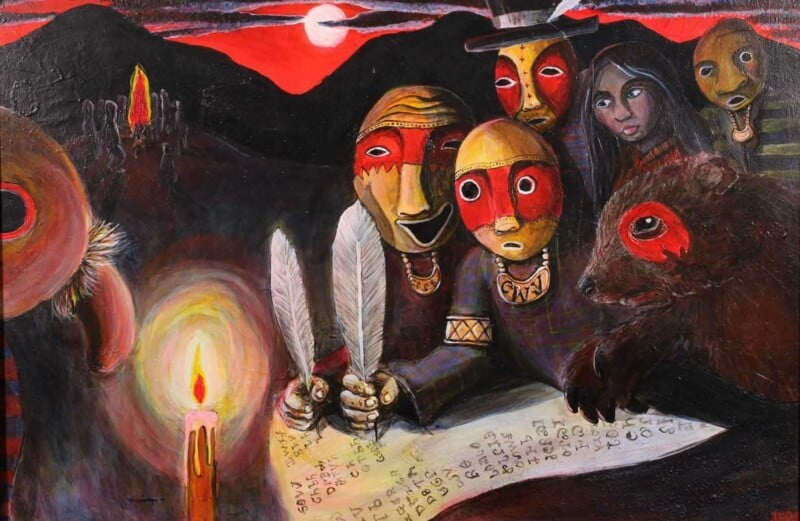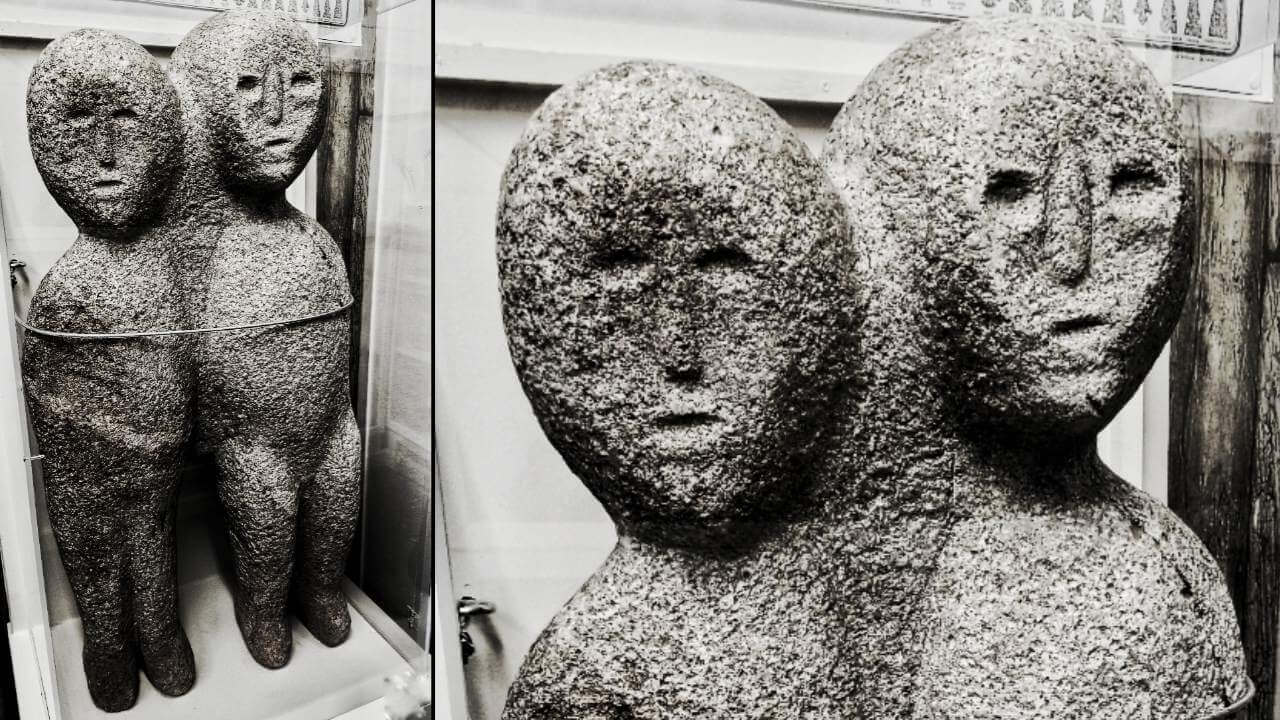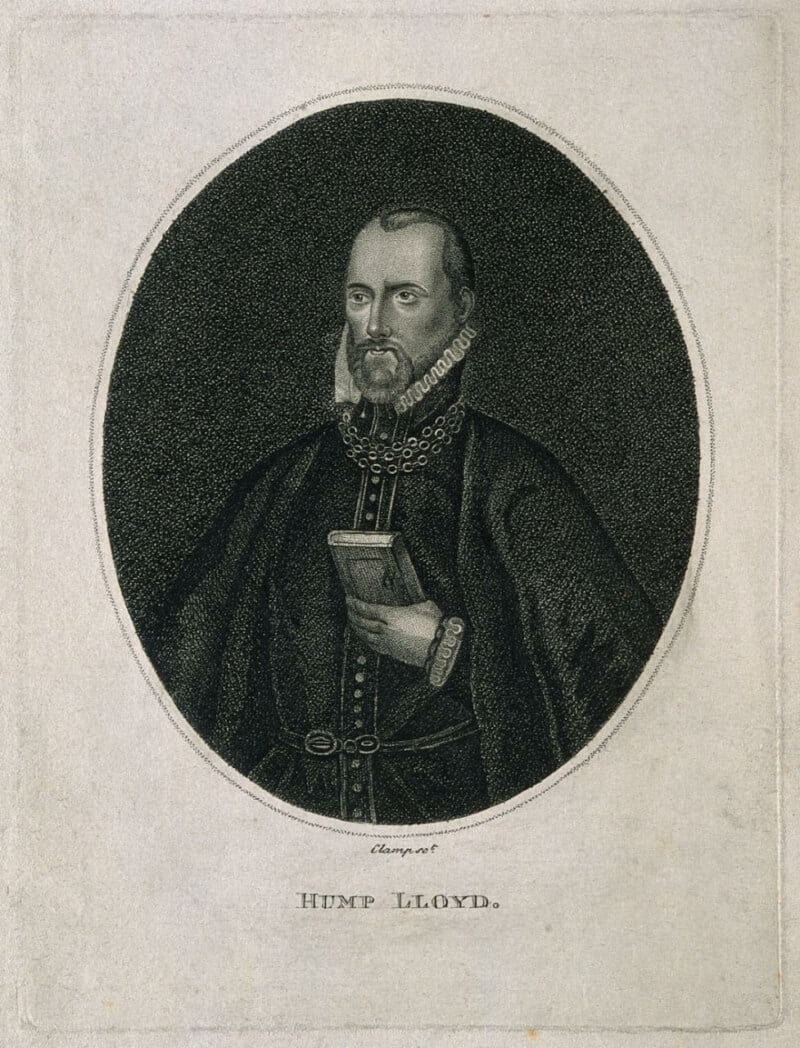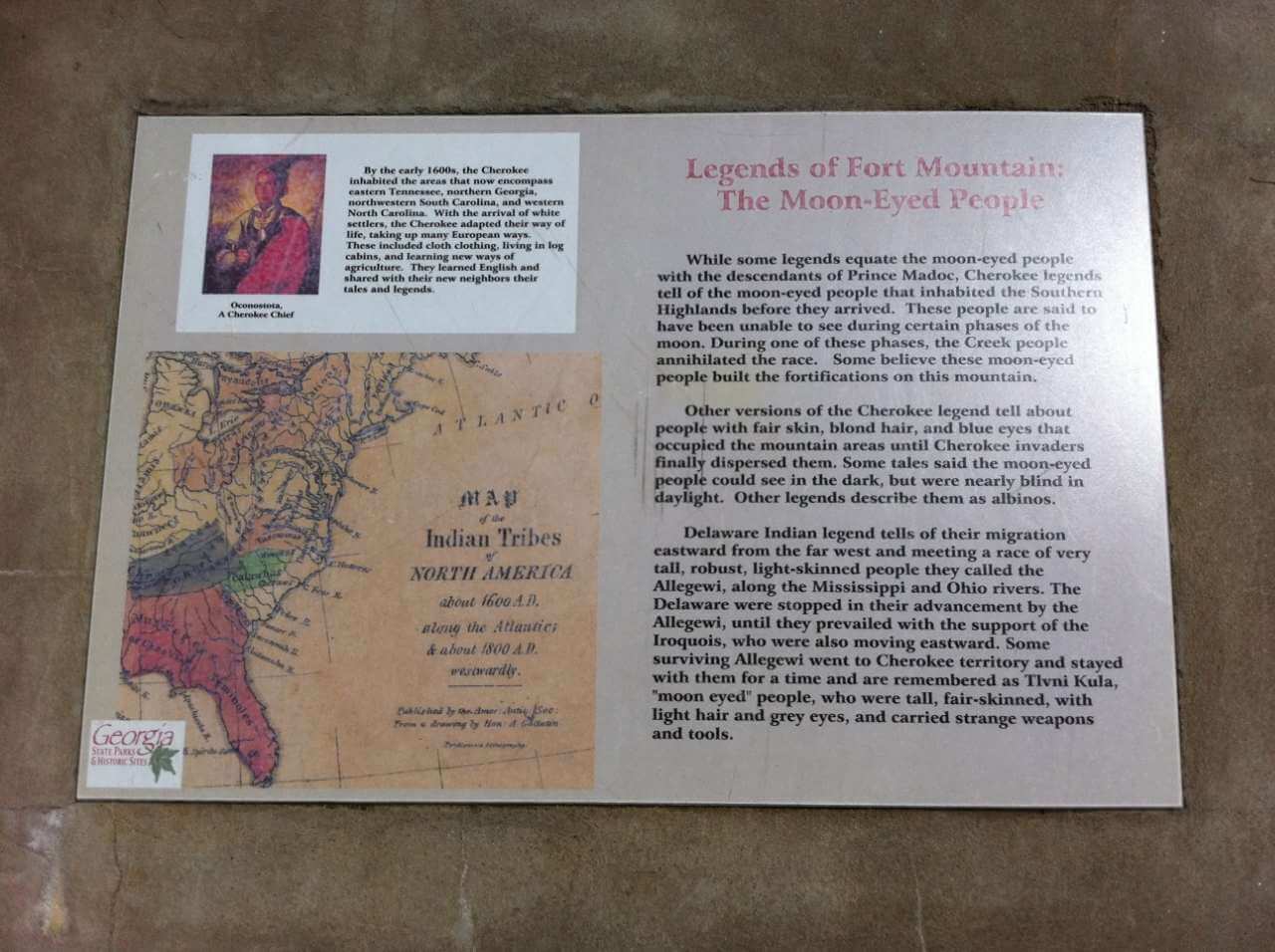
The Mysterious Moon Eyed People of Ancient Cherokee Tradition
The Moon-Eyed people were said to have a pale complexion, impaired vision, and a distinct appearance than Native Americans. These mysterious individuals are said to have built some of Northern America’s earliest buildings.
By N. Hale | Ancient Mysteries
Along with the Choctaw, Chickasaw, Creek, and Seminoles, the Cherokee were one of the ancient Native American tribes that comprised the Five Civilized Tribes.
There Are Two Dominant Hypotheses

One is that the Cherokee, an Iroquois-speaking people, arrived in Southern Appalachia relatively late, possibly in late prehistoric times from the northern areas, which were the traditional territory of the later Haudenosaunee Confederation (the Five Nations) and other Iroquois speaking peoples.

In the nineteenth century, researchers documented interviews with elders who described an oral history of the Cherokee people’s journey to south of the Great Lakes region in antiquity. Scholars debate the second idea, which contends that the Cherokee had been in the southeast for thousands of years.
This notion, however, is supported by little to no archaeological data. The Connestee people, thought to be Cherokee forebears, lived in western North Carolina from 200 to 600 CE.
The Cherokee people were one of the Five Civilized Tribes. They were given that name by Europeans, who believed that when they arrived, these five cultures had a higher level of civilization than the rest of the Native Americans.
According to academics, this helped them to swiftly adapt to white norms, which did not help them avoid being taken off their lands and relocated to Oklahoma in what became known as the Trail of Tears beginning in 1838.
However, the Cherokee were presumably seen differently than the other Native American nations due to the mysterious traditions of a mysterious people who lived before the vast Cherokee empire.
The Moon-Eyed People’s Legend

The so-called Moon-eyed people were enigmatic Northern American dwellers who were said to have resided in Appalachia until they were banished by the Cherokee.
New Views of the Origin of the Tribes and Nations of America, written in 1797 by Benjamin Smith Barton, an American botanist, naturalist, and physician, explains that they were called moon-eyed people because they saw very poorly throughout the day and had a number of different features from the rest of the native Americans.
“The Cheerake tells us, that when they first came in the country which they inhabit, they discovered it possessed by certain moon-eyed people, who could not see in the daytime,” Barton wrote, citing Colonel Leonard Marbury as a source. They banished these wretches.
Later additions to the Moon-eyed people story suggest that they had a white complexion, built the area’s pre-Columbian structures, and fled west after the Cherokee expelled them.
Another book published in 1902 by ethnographer James Mooney mentions a “dim but enduring story” of a mysterious, ancient tribe who predated the Cherokee in southern Appalachia.
According to historical stories, the white-skinned inhabitants of Appalachia erected several old structures in the area, including one of the greatest ancient towns in Northern America, Cahokia. Surprisingly, researchers currently know relatively little about Cahokia. The original name of the city is unclear because the ancient builders left no written documents behind.
According to some ideas, the so-called Moon-eyed people were the same individuals’ Lionel Wafer saw among the Kuna people of Panama, who were also referred to as: “Moon-Eyed” because of their capacity to see better at night than during the day. The moon-eyed people are thought to have built the Fort Mountain state park.
According to some scholars, this Cherokee tale was influenced by current European-American traditions about “Welsh Indians.” These ancient remains were ascribed to Welsh pre-Columbian travels, according to these traditions.
According to a 16th century document published by Welsh antiquarian Humphrey Llwyd, in 1171, a Welsh Prince named Madoc sailed from Wales across the Atlantic to what is now Mobile Bay, Alabama.

According to John Sevier, an American soldier, frontiersman, and politician who was one of the founding fathers of Tennessee, on one occasion in 1783, Cherokee chief Oconostota stated how nearby mounds had been created by white people, whom the Cherokee subsequently evicted from the territories.
According to Sevier’s tales, the Cherokee chief acknowledged that these mysterious people were, in fact, Welsh from over the sea. This notion, if correct, would have far-reaching consequences.
Or Were The Moon-Eyed People Stone Age North Americans?

Curiously, the legend of the moon-eyed people existed amongst the Cherokee of Ohio also. Here, some native elders and historians proposed that the moon-eyed people could be linked to the mound builders of the Adena Culture, dating to as early as 500 BC.
Much remains a mystery concerning these mound-builders of ancient. America. Could they have been prehistoric, stone age white people that crossed ice bridges and settled in this land?
Excavating the mounds of this culture, curious finds were made. For example, the Criel Mound of West Virginia yielded remains of a “very large” skeleton of a “once most powerful man” that measured “six feet, 8 3–4 inches” (205 cm) from head to toe.
Could the moon-eyed people be connected to the legends of prehistoric red-haired and red-bearded giants that left unmistakable traces across south-eastern North America? The mystery of the moon-eyed people is substantiated in so many ways and yet we still don’t fully understand who they were and where they came from.
This article was originally published by Ancient Mysteries.
